The iPhone 6s is two years old now, but there are still many reasons to consider buying it. A decent camera, headphone jack and design basically the same as the iPhone 8 all for £449? Don"t dismiss the 6s quite yet.
Price and availability
The iPhone 6s is available to buy from the Apple Store and via most operators in the UK, and was welcomed by typical Apple Store launch day queues.
Now, it retails from £449 for the 32GB model. or 128GB for £549.
This represents a decent discount - the iPhone 7 starts at £549, while the iPhone 8 starts at £699. And then there"s the iPhone X from £999. So for less than half the price of the iPhone X, you can get a 6s. Not bad value at all if you simply want an iPhone.
Design and build
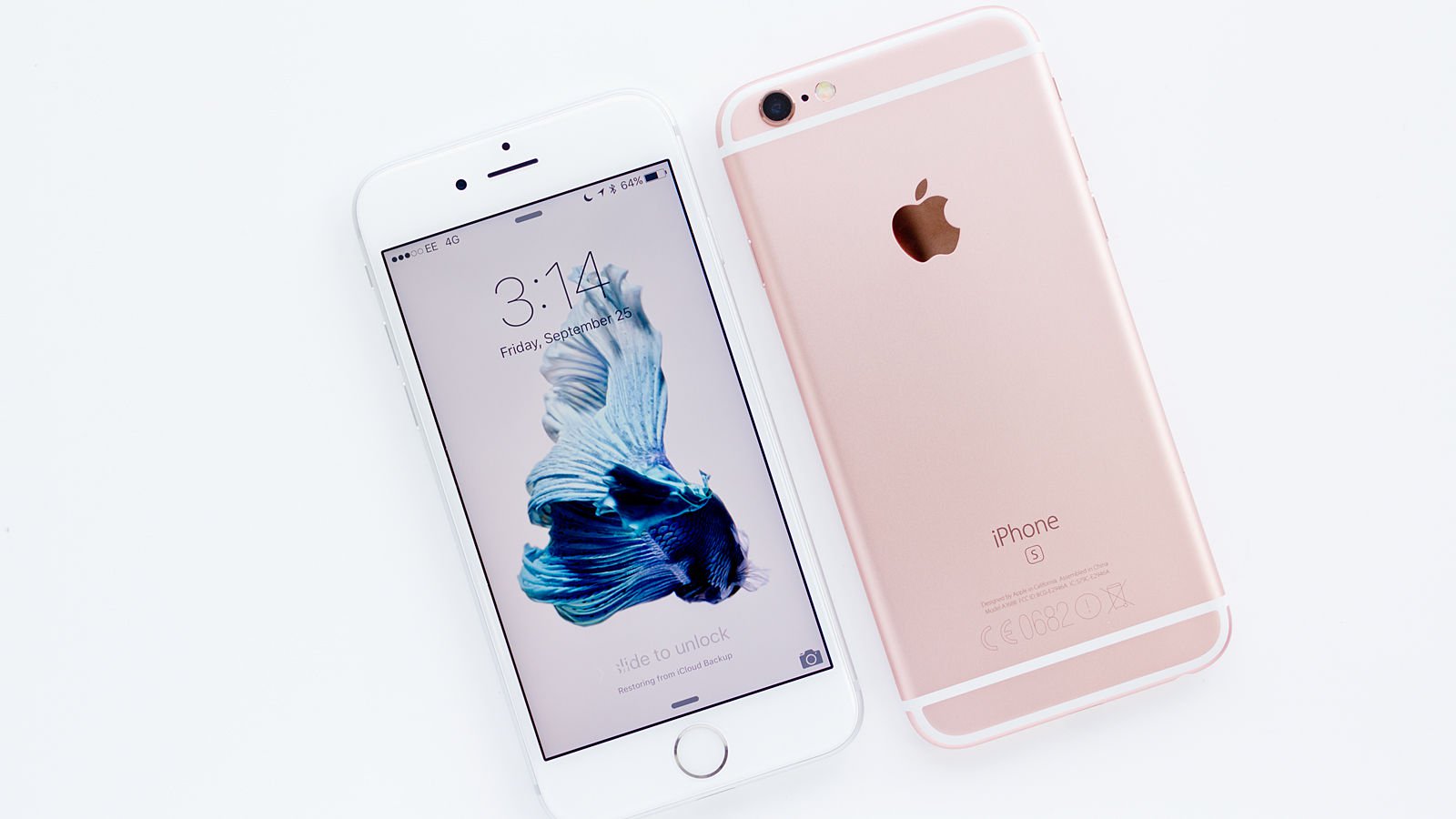
As expected, the design of the iPhone 6s is essentially the same as the iPhone 6, but there are a few slight changes, as well as a brand new colour option. It offers a curved 4.7in display and is made with a sleek, rounded aluminium casing just like its predecessor.
The difference is that the iPhone 6s is made with a more durable Series 7000 Aluminium, just like the metal used for the Apple Watch, in a bid to prevent a repeat of last year"s Bendgate debacle. We’re hoping this also translates into a more dent-resistant iPhone as our iPhone 6 Plus would dent from relatively small drops, though we’ve yet to (willingly) drop our iPhone 6s to put this to the test.
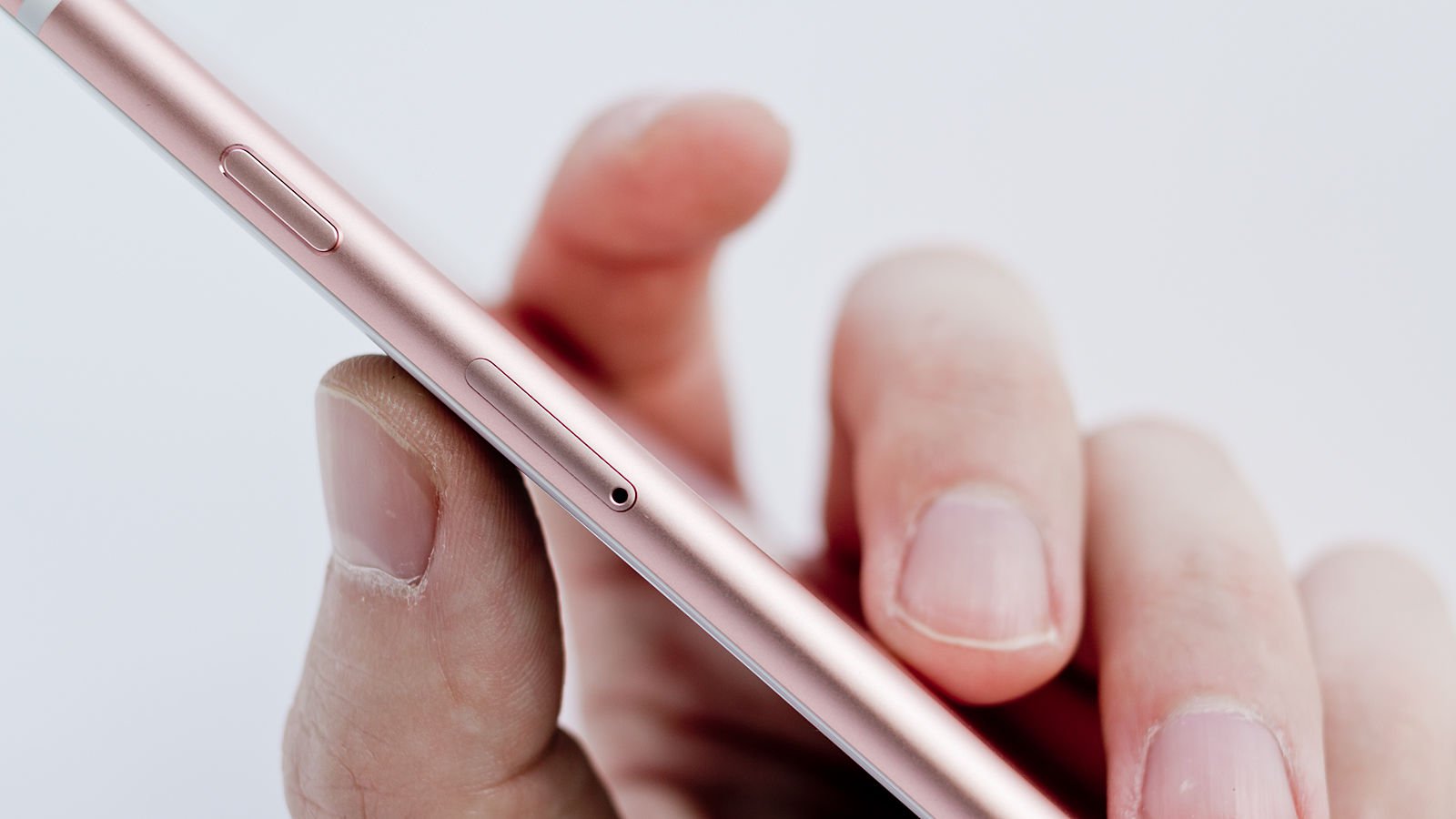
What"s more, the iPhone 6s is also available in Rose Gold, adding to the Gold, Silver and Slate Grey previously seen. Photos don"t do the rose gold iPhone any justice, as it looks ten times better in the flesh (in our opinion anyway). There"s a new Rose Gold Apple Watch Sport available to match, too.
As expected, the iPhone 6s and 6s Plus are slightly thicker than their predecessors, but by such a teeny tiny amount (two tenths of a millimetre to be exact) you"ll never notice. This is good news, as it means you don’t have to invest in a hoard of new iPhone cases if you’ve already got an iPhone 6. Although with this said, we have noticed that the iPhone 6s is marginally heavier than the 6 – but with the added protection of Series 7000 aluminium and the introduction of 3D Touch technology, we think it’s a worthy trade-off.
Display
We"re a bit disappointed to see that Apple didn"t up the resolution of the iPhone 6s"s screen. It"s the same Retina display as on its predecessor, but this time it has the 3D Touch tech beneath it to introduce a huge range of new possibilities that we"re excited about, as we"ll explain later.
You"ll find that the iPhone 6s has a 1334x750 pixel display with a pixel density of 326ppi. And while we"ve found that the screen on the iPhone 6 is perfectly satisfactory for browsing and gaming, there"s no doubt that QHD displays from the likes of Samsung and LG take things to a whole new level that Apple hasn"t quite reached yet and when comparing the display to the likes of the Galaxy S6 (2560x1440, 577ppi), there is no comparison. This won’t bother iPhone 6 users, but it"s a noticeable difference for those switching from the iPhone 6 Plus with its full HD display, or a rival Android flagship, to the iPhone 6s.
3D Touch
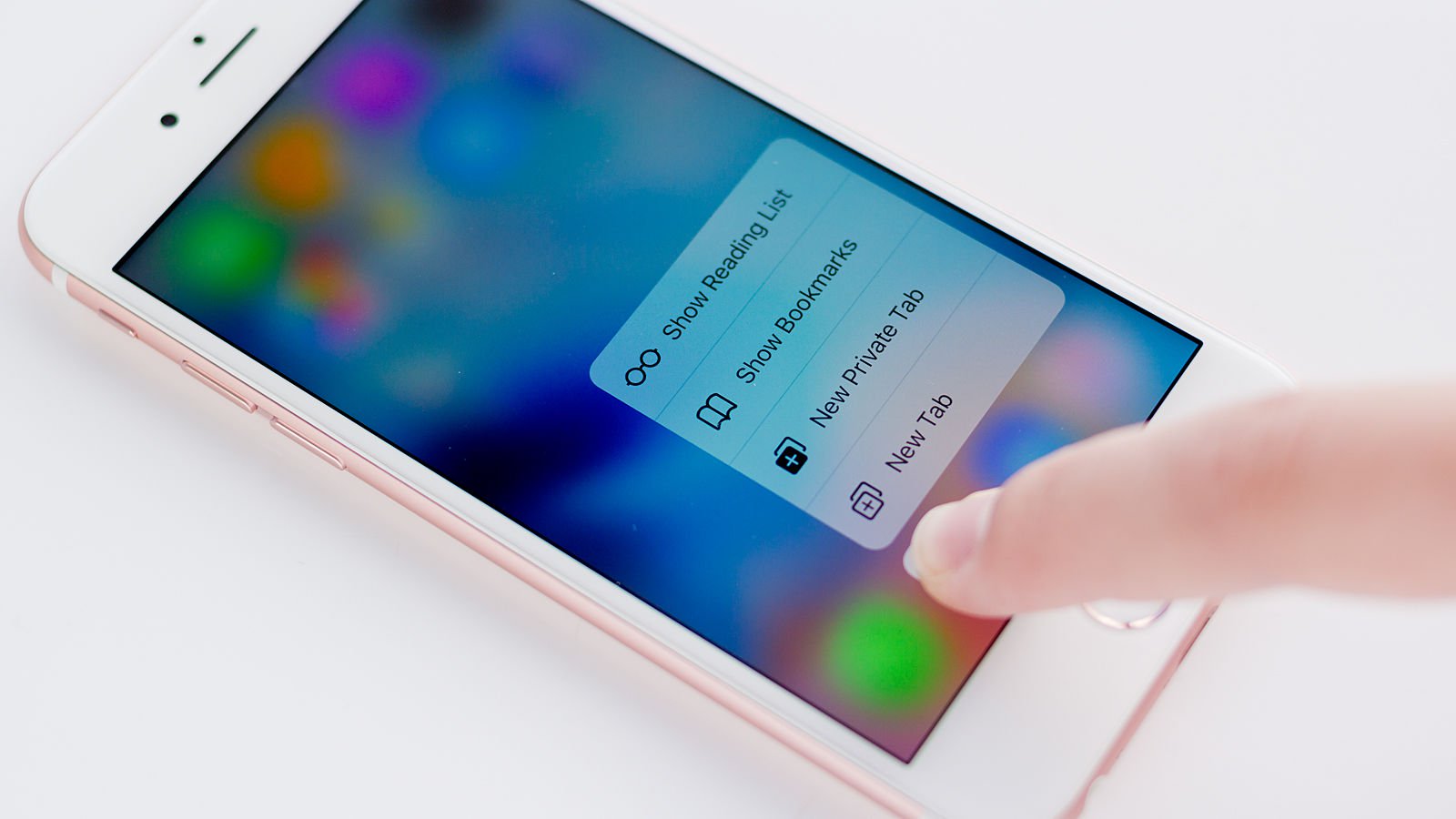
Really, 3D Touch is a mixture of display tech, hardware and software, but it"s one of the most exciting new features of the new iPhone 6s so we"re dedicating a whole section of this review to it.
It works a lot like Force Touch on the Apple Watch and the new MacBook Trackpad, detecting force to enable new ways to interact with the smartphone. In addition to tapping, you can "Peek" and "Pop" by pressing lightly or pressing harder. You’re able to interact with apps made by Apple as well as apps made by third-party developers in new ways thanks to the technology.
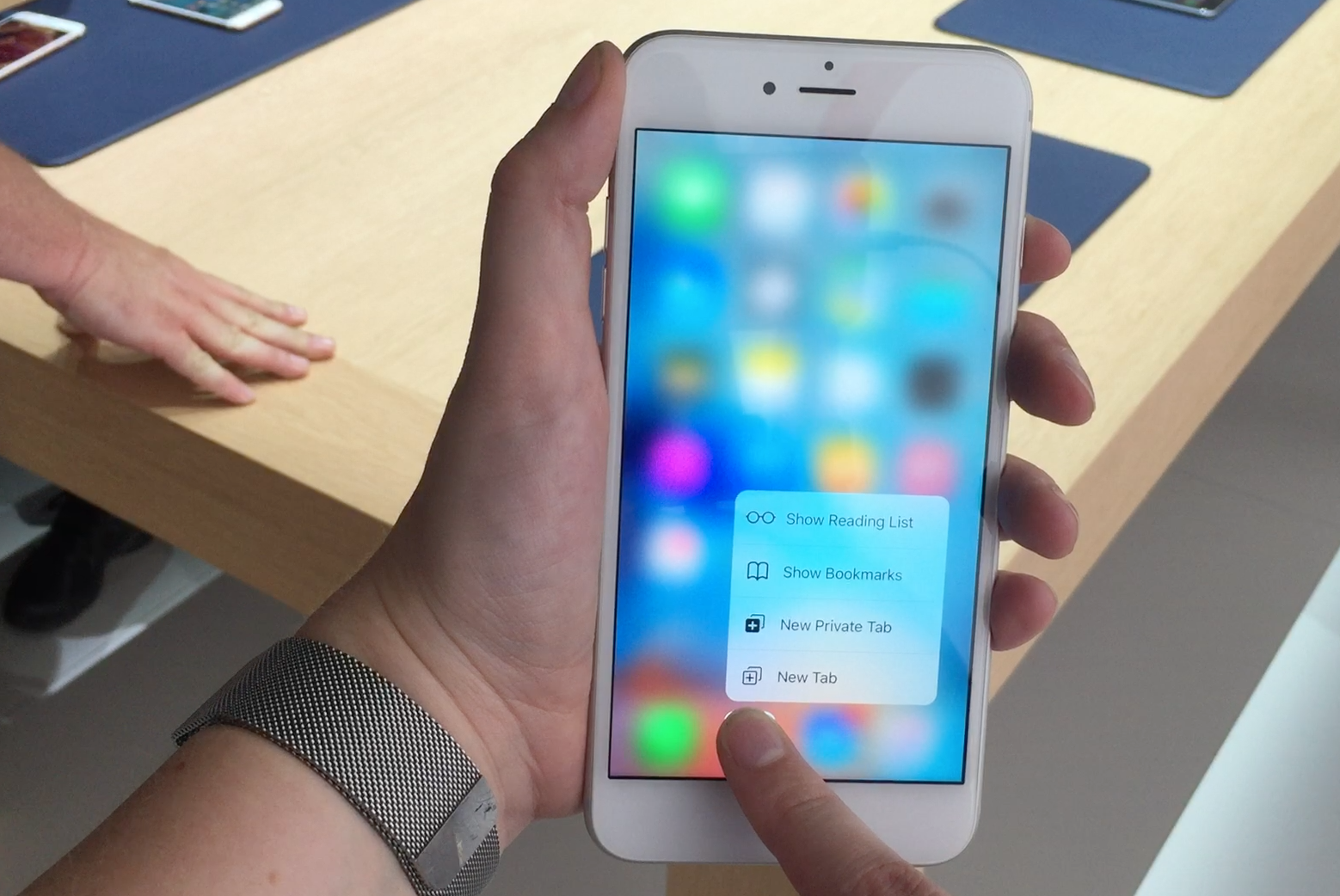
On the home screen, you’re able to press on icons to go straight to a particular part of that application. For example, pressing the Instagram icon will bring up options to post a photo or video, view your activity, access your direct messages or initiate a search, and the Camera icon will present options that let you take a selfie or start shooting a video. But what about apps that don’t offer any kind of shortcuts? It’ll blur everything around the icon, vibrate quickly then revert back to its original state to show you that it recognised the press, but nothing else is going to happen.
(If you want to edit the quick-actions that come up in the mini-menu when you do a harder press on the icon for Phone, Messages or FaceTime, incidentally, take a look at our quick tutorial: How to edit the 3D Touch shortcut menus for Phone, Messages & FaceTime.)
It"s pretty difficult to really understand how great this is until you"ve tried it, as it"s all about how it feels to use, but we can try our best to explain it, because things get really interesting when you"re using it from within an app. It can be a bit fiddly but we think we"ll get used to it in time.
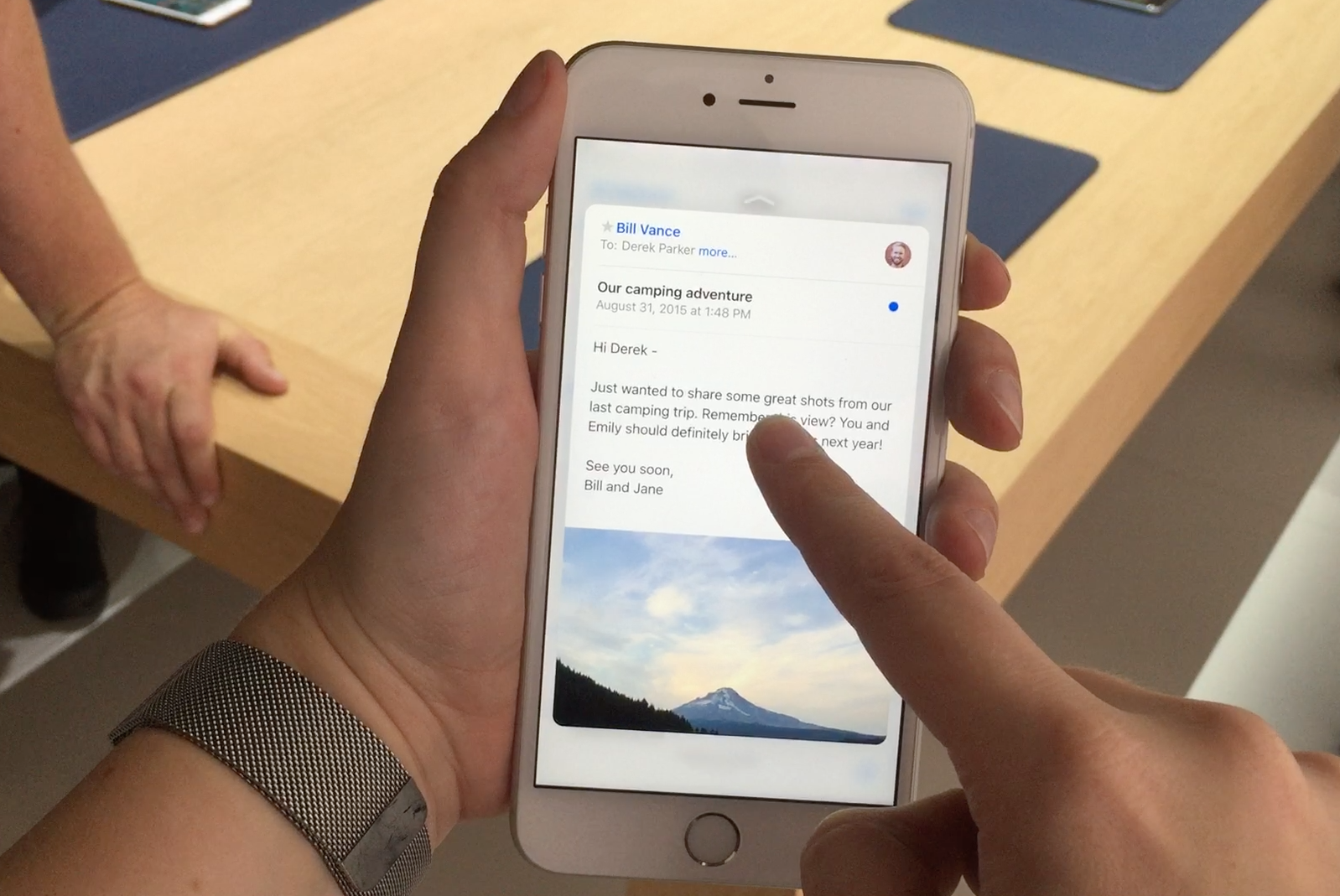
For one, you can use it to preview a message in Mail. From your inbox, simply force press on an email to ‘peek’ into it and get a preview of the content. It’s a much easier way of browsing your inbox, but it’ll take some getting used to – we’ve found ourselves lifting our thumb when peeking into an email to see what is written beneath our thumb, which minimises the preview.
Although as our US colleague Susie noted in her hands-on review of the iPhone 6s, it’s not really used for reading, which is why Apple calls it ‘peek’. It’s meant for small interactions that’ll make your life a little easier. From the Peek preview in Mail, you can swipe right to mark the email as read/unread, swipe left to archive it or swipe up to unveil additional options including Reply All, Forward, Mark, Notify Me and Move Message.
The good news is that when you swipe up to unveil additional options, the preview window becomes fixed in place, allowing you to take your finger off the screen to select the option you want. It"d be pretty awkward to do otherwise!
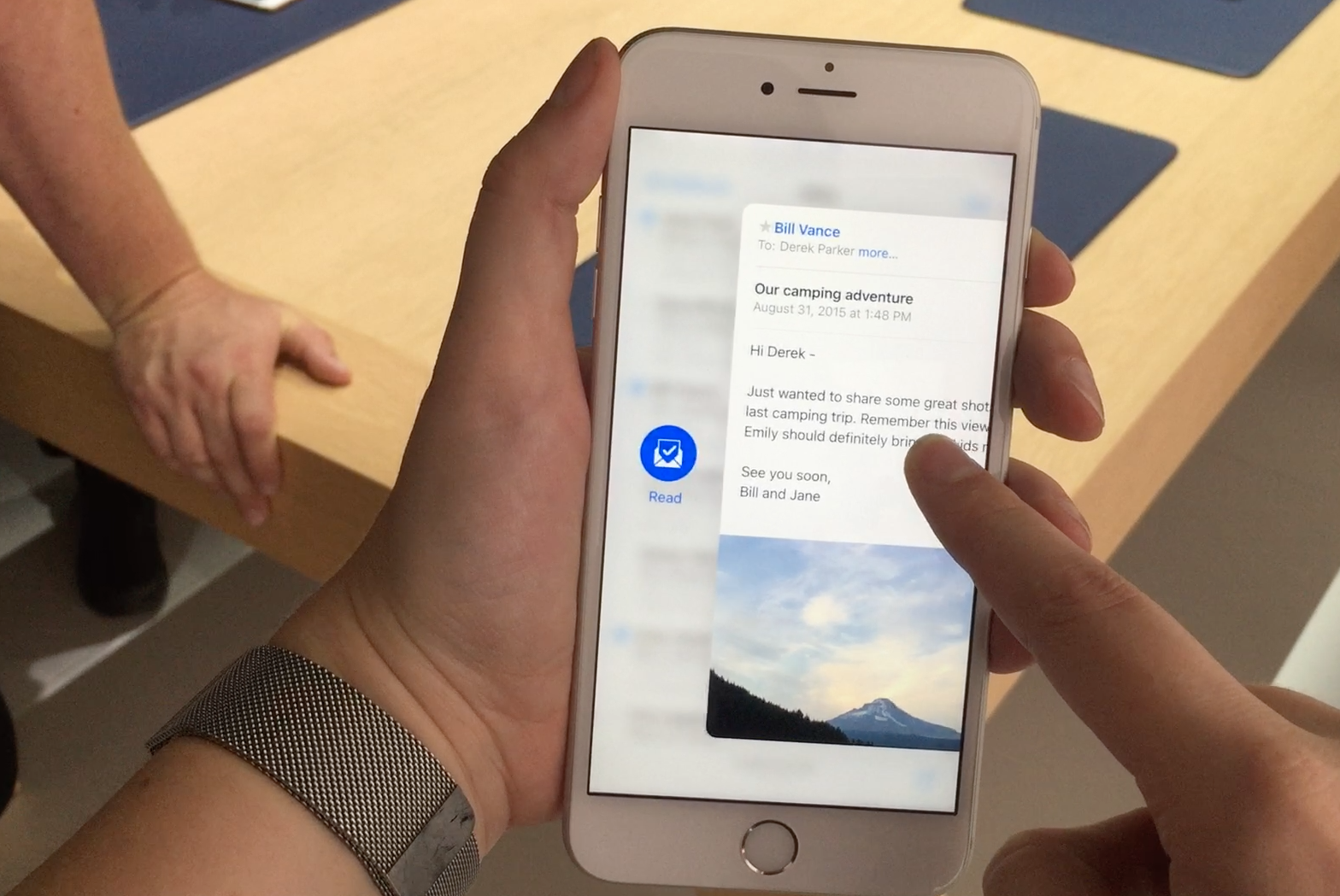
If you want to go right into the email, you"ll want to press that bit harder to "Pop" into the message and reply or read more.
In Messages, you can use 3D Touch to achieve lots of different tasks. Hard press on a name to call them, FaceTime them, add them to contacts and more. If you press on URLs you can peek at them to see a preview of what they"d look like in Safari, or press harder to pop into the app itself. Street addresses can be previewed in Maps, dates can be added to the Calendar and more. Essentially, it should make everything much quicker and prevent you from needing to switch apps regularly.
And thanks to Apple"s much more open approach, third-party developers are able to use the technology in the apps and games. Instagram was one of the first to implement 3D Touch compatibility, enabling users of the popular social network to ‘peek’ at other profiles from their feed, as well as ‘peeking’ at pictures and videos when browsing a particular profile. It’s a better way of interacting and is taste at what is to come with the future of 3D Touch in third-party apps. Since launch, the likes of Tweetbot 4, Tumblr and WhatsApp have all added 3D touch controls to their apps, and it hugely improves the overall experience.
Another exciting example of third party developers using 3D Touch is in AG Drive, a futuristic racing game available on the App Store. When racing, you can use a varying level of force to dictate your level of acceleration, and pushing hard will activate a speed boost (when ready). This is compared to only having a single option for acceleration and having to move your finger to hit the boost button on other devices, which after using the 6s for a few days seems like an awkward way of gaming!
We"ve made a video illustrating our seven favourite new features made possible thanks to 3D Touch:
Specs & hardware
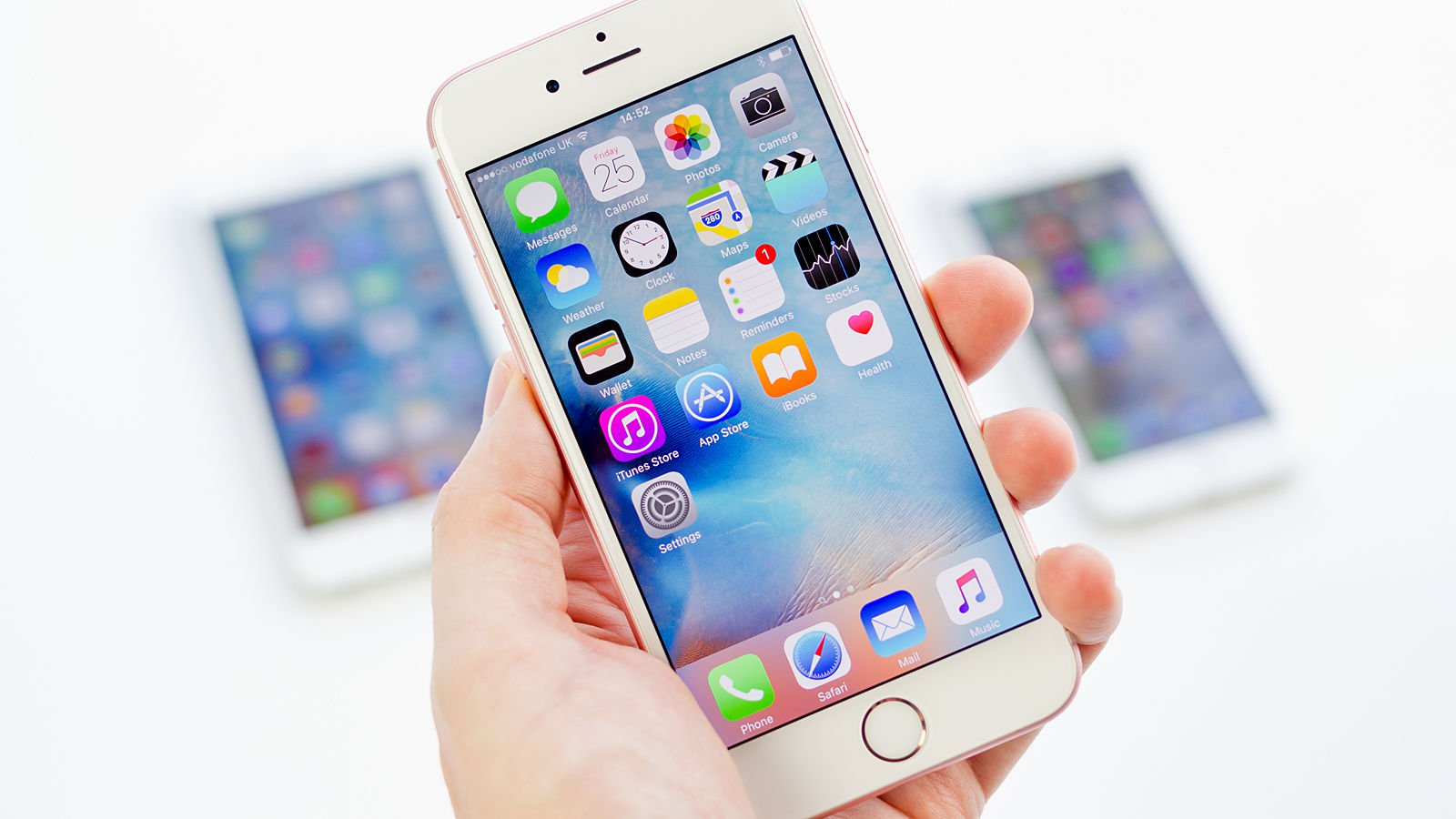
Inside the iPhone 6s is a new A9 processor paired with an M9 motion co-processor to improve efficiency. Traditionally iPhones pack a modest 1GB of RAM, though the company has decided to upgrade to 2GB of RAM with the iPhone 6s.
Apple says that the iPhone 6s"s processor is 70 percent faster and has 90 percent better graphics performance. The iPhone 6s scored 2511 in single-core mode and 4404 in multi-core mode in Geekbench, putting it just behind the processing power of the Galaxy S6, which scored 4438 points. It beat the HTC One M9 by a whopping 626 points, scoring 3778 points, which would normally be an acceptable score.
However, it’s in the graphics department that the iPhone 6s really flexes its muscles. We ran two GFXBench tests – T-Rex and Manhattan, the same tests that our colleagues use when testing Android devices, and compared the results. Samsung’s Galaxy S6 managed a respectable 30fps in T-Rex and 14fps in Manhattan, while the iPhone 6s scored a whopping 59fps in T-Rex and 56fps in Manhattan.
It’s worth noting that the Galaxy S6 has a Quad HD display compared to the much lower resolution of the iPhone 6s, which has something to do with the results. It’s a lot easier to drive fewer pixels at a higher frame rate, but Apple’s Metal API also has a big part to play here. Not having a Quad HD display seems like a better option when gaming on a mobile device, eh?
Rumours about the iPhone 6s suggested that Apple would drop the 16GB model in favour of a 32GB, 64GB and 128GB line-up, and we were keeping our fingers crossed that it was true, as we really don"t think that 16GB is enough space for most iPhone users – especially with Live Photos and 4K video. Annoyingly, though, Apple has stuck with the same 16GB, 64GB and 128GB models, and with no microSD card slot there"s no option for expansion (although there are a number of products you can buy to expand the storage of your iPhone).
There are iCloud options available to help store Photos, Music and more in the cloud, but you"ll only get 5GB of iCloud space for free so you"ll find that you"re paying for the privilege. We"d strongly recommend opting for the 64GB iPhone 6s if your budget can stretch to £619. Alternatively, take a look at our article on how to save space on your iPhone to help make the most of that 16GB.
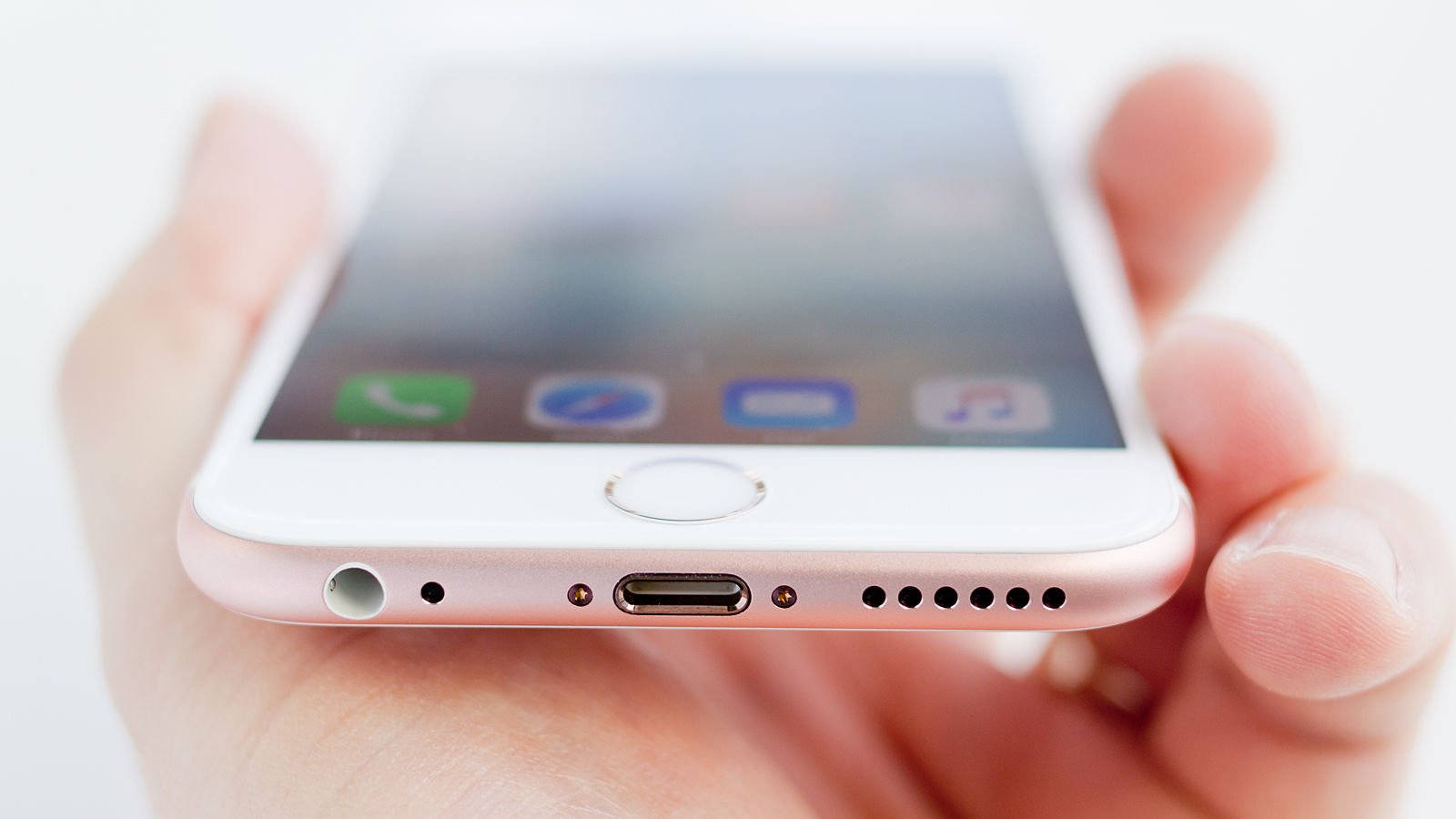
Apple has improved the Touch ID fingerprint sensor beneath the Home button too, and is designed to be speedier and more reliable. We’ve found this to be the case – in fact, it’s a little too fast now.
We’ve got into the habit of using the home button to wake up the display of our iPhones to check the time on the lock screen, as the power button is awkward to reach when using a 6(s)/6(s) Plus. However, thanks to the updated Touch ID, your phone is unlocked almost instantly after pressing the button, which isn’t what we want to happen when we only want to check the time. It’s a true ‘first world problem’ to have, and we’re really not complaining, but it requires a bit of a workaround (using fingernails, swiping when clicking) to avoid.
The iPhone 6s still uses the Lightning port rather than the rumoured USB-C, but we suspect this might be the last iPhone model to do so as USB-C becomes the standard port across all mobile technology and laptops.
Audio
Let’s move onto an area that many iPhone reviews tend to neglect; audio. While the iPhone 6s is celebrated for its innovative display and powerful internals, the audio output is also fairly impressive. It’s loud enough for most users, with a tightly controlled mid-bass that provides the right amount of impact, although the sub-bass didn’t extend too well. The mids, however, were more impressive; the mids were well presented, and boasted an accurate tonality, providing audio that’s almost true-to-life.
The highs are where the iPhone 6s performs best, though. The quality of the high tones are absolutely spectacular, beating its rival flagship smartphones when compared. It extended well, and boasted the right amount of sparkle. We’ve compared the iPhone 6s audio to a variety of flagship smartphones, and we found it to be amongst the best, although we have to admit that the Galaxy S6 does a better overall job with better soundstage reproduction and less interference than the iPhone 6s. For general use, though? The iPhone 6s will suit most people down to the ground, with only true audiophiles being able to notice a difference.
Camera

Apple has made some improvements to the iPhone"s camera, introducing a 12Mp camera to the rear and a 5Mp camera to the front. That"s a significant improvement over the 1.2Mp camera on the front of the iPhone 6, and the 8Mp camera on the rear. Panoramas are now up to 63Mp, too.
The camera is impressive, and rather than focusing on packing in loads of new pixels, Apple has instead focused on improving the technology behind it to produce top-quality images. We’re amazed at just how good the quality is, and especially how good it is at white balancing – even when compared to the iPhone 6. The iPhone camera really performs best in well-lit conditions, as photos aren’t as bright and vivid when there’s less light available. Although there is huge improvement in photographs taken in low-light conditions when compared to its predecessor, we feel that it doesn’t quite compete with the camera of the Samsung Galaxy S6.
Interestingly, the company has also turned the display into a true-tone flash for the front camera, and we think we should see a huge improvement when it comes to selfies.
Then there"s video, which has been improved to a fantastic 4K (at 30fps) while the front-facing camera can record up to 1080p HD. While we were initially disappointed that the iPhone 6s features digital image stabilization compared to the iPhone 6s’ optical image stabilization, we found that the digital image stabilization on the iPhone 6s is phenomenal. We’ve recorded videos walking down stairs, panning around (like true tourists at Hoover Dam should) and the finished video looked almost professionally recorded. Of course, there were a few jitters here and there, but it was a huge improvement over how stable our hands were when recording.
A software-based camera feature that we really like is called Live Photos, a new feature exclusive to the iPhone 6s and 6s Plus. Live Photos is turned on by default in the Camera app, and if you leave it on it"ll automatically capture 1.5 seconds before and after the moment you press the shutter button. It"s essentially a really short video or an animated GIF, but it actually uses 12Mp photos captured by the iSight camera. You can share them with friends, and if they"re running iOS 9 or El Capitan they"ll see the animation, too.
When you"re flipping through your photos in the Camera Roll on the iPhone 6s, you"ll see a little glimpse of the animation to signal the fact that it is indeed a Live Photo and not a still. If you want to watch it, press harder using 3D Touch and you"ll see the full three seconds, complete with an audio snapshot. It’s a great idea, and really plays on nostalgia. Imagine being able to look back at a moving snapshot of yourself/your friends – it’ll be a much happier experience than a looking back on a photo alone, and no extra effort is required on your behalf.
Apple" is opening Live Photos up to developers, too, so apps like Tumblr are able to support the feature in-app, allowing users to ‘play’ photos posted on the social network. But even if the Live Photos never leave your iPhone they"re still super-cool, and are a bit like something you"d expect to find in Hogwarts.
Our only concern is the space they take up – Apple says they "won"t take up much more space," but that"s not very specific. It"s claimed that they"ll take up around two times more space than standard photos, but we’ve found them to be 5-6mb on average.
We"ve been out to put the iPhone 6s camera to the test, and we even took pictures from the iPhone 5s, 6 and 6 Plus to see how they compare. While these devices have cameras that are far from terrible, there are subtle differences between them. The following images have been in no way edited or compressed, we took them straight from the iPhone and put them online. The results are below:
iPhone 6s, St. Pancras Hotel:
 iPhone 6, St Pancras Hotel:
iPhone 6, St Pancras Hotel:
Here, you can see that the iPhone 6s picks up on smaller details than the iPhone 6, which is particuarly noticable when looking at the detailing of the St. Pancras hotel. You may also notice that the image taken by the iPhone 6s is more vibrant, clearly visible when comparing the brickwork of the two photos.
iPhone 6s, trees:
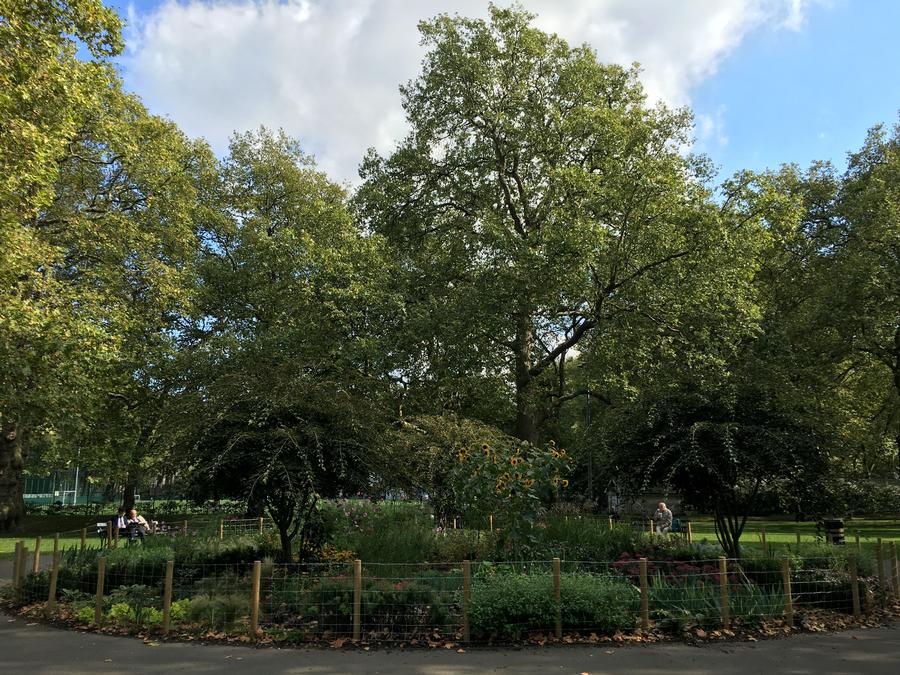 iPhone 6 Plus, trees:
iPhone 6 Plus, trees: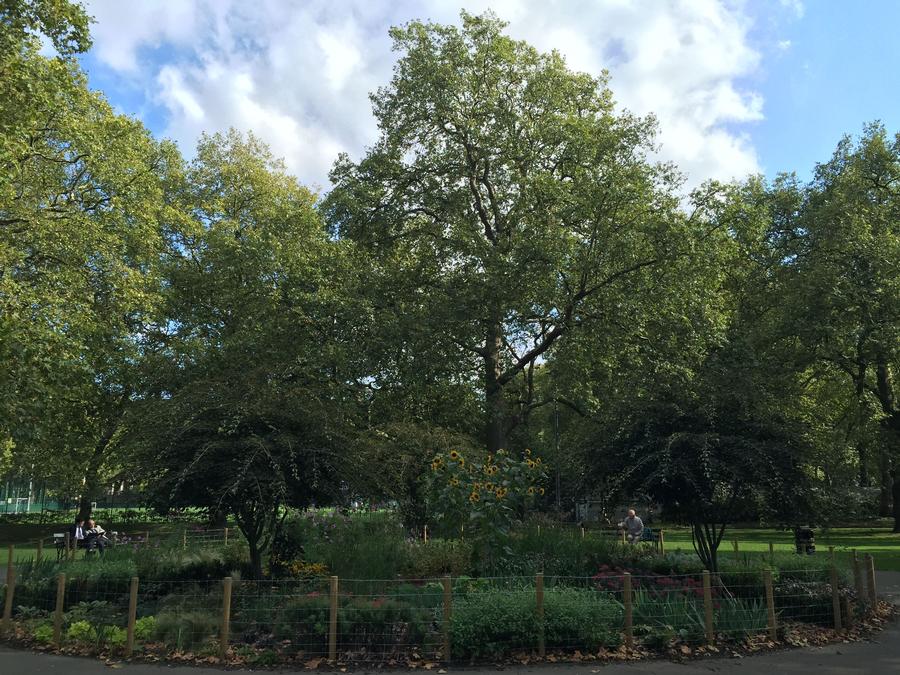
It"s the same story when comparing images taken from the iPhone 6 Plus with images from the iPhone 6s. You can see more detail and even individual leaves when looking at the photo taken on the iPhone 6s - the iPhone 6 Plus still captures a great image, but the detail isn"t quite there.
iPhone 6s, macro shot:
 iPhone 5s, macro shot:
iPhone 5s, macro shot:
We"ve uploaded the full collection of photos on our Facebook page - the album can be viewed by clicking here.
Software
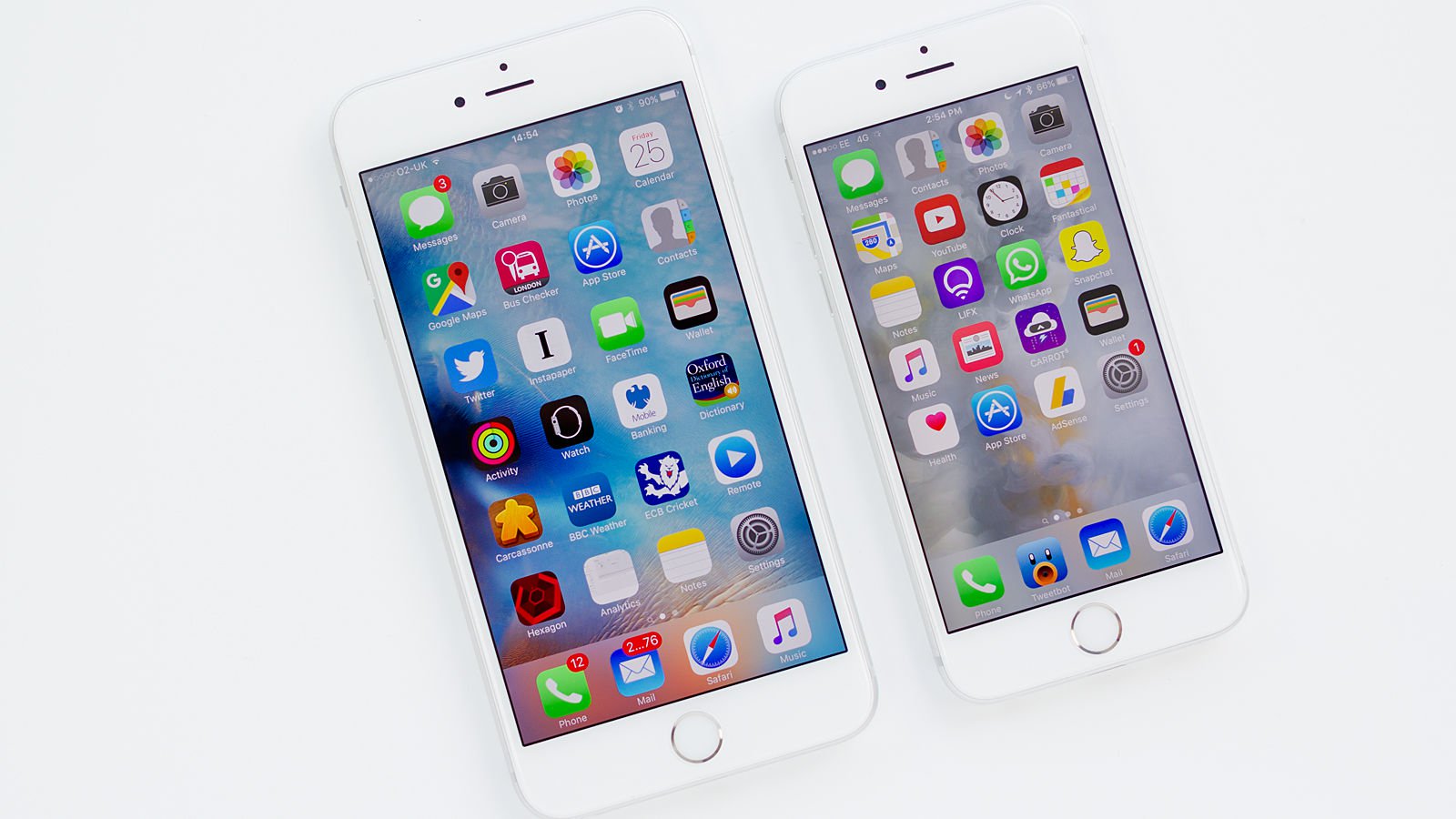
The iPhone 6s shipped with iOS 9, which introduces lots of new features for all iPhone owners, but thanks to the 3D Touch display there will be lots of additional features for users of the new iPhone based on the new Peek and Pop interactions.
As of 2017, it now ships with iOS 11.
No comments:
Post a Comment